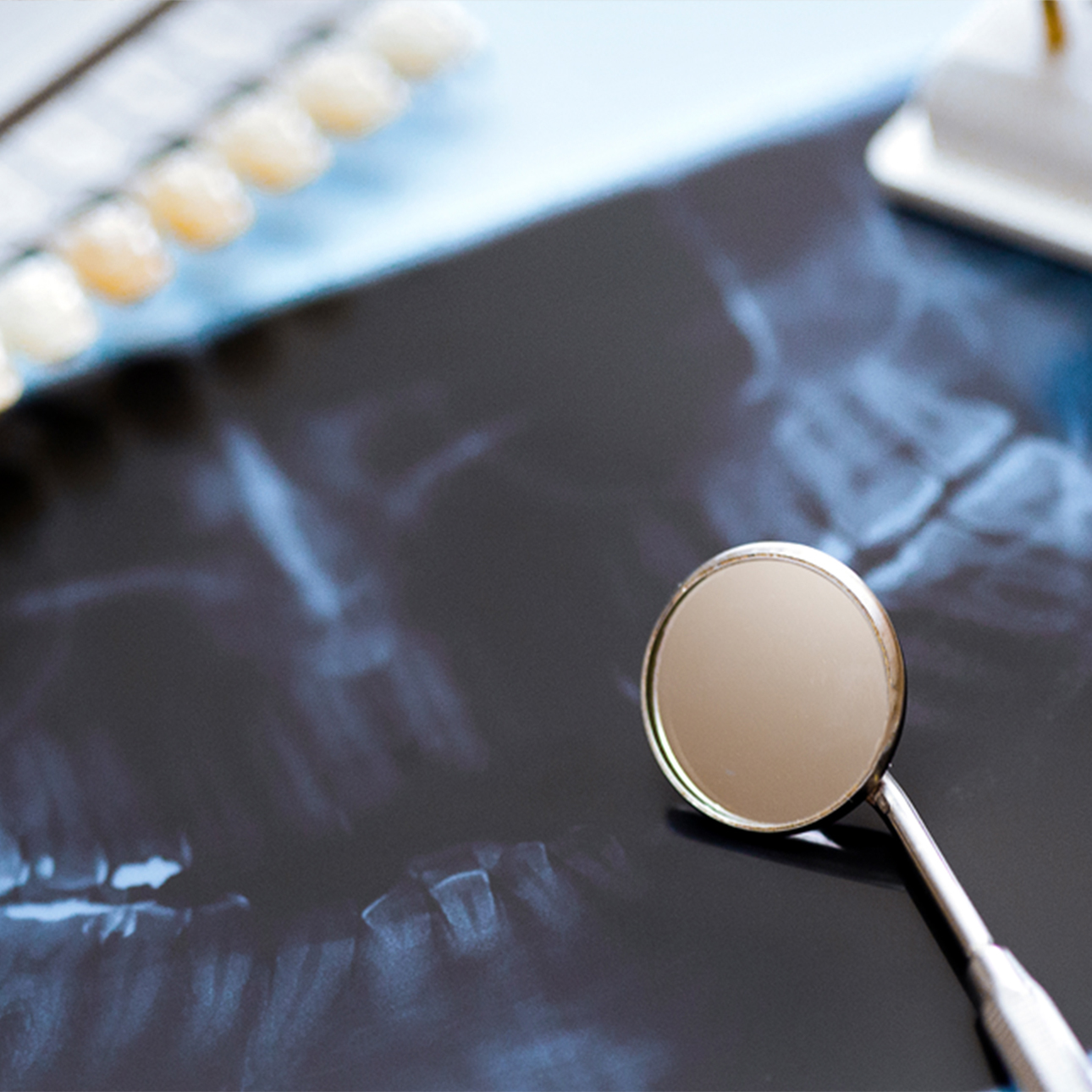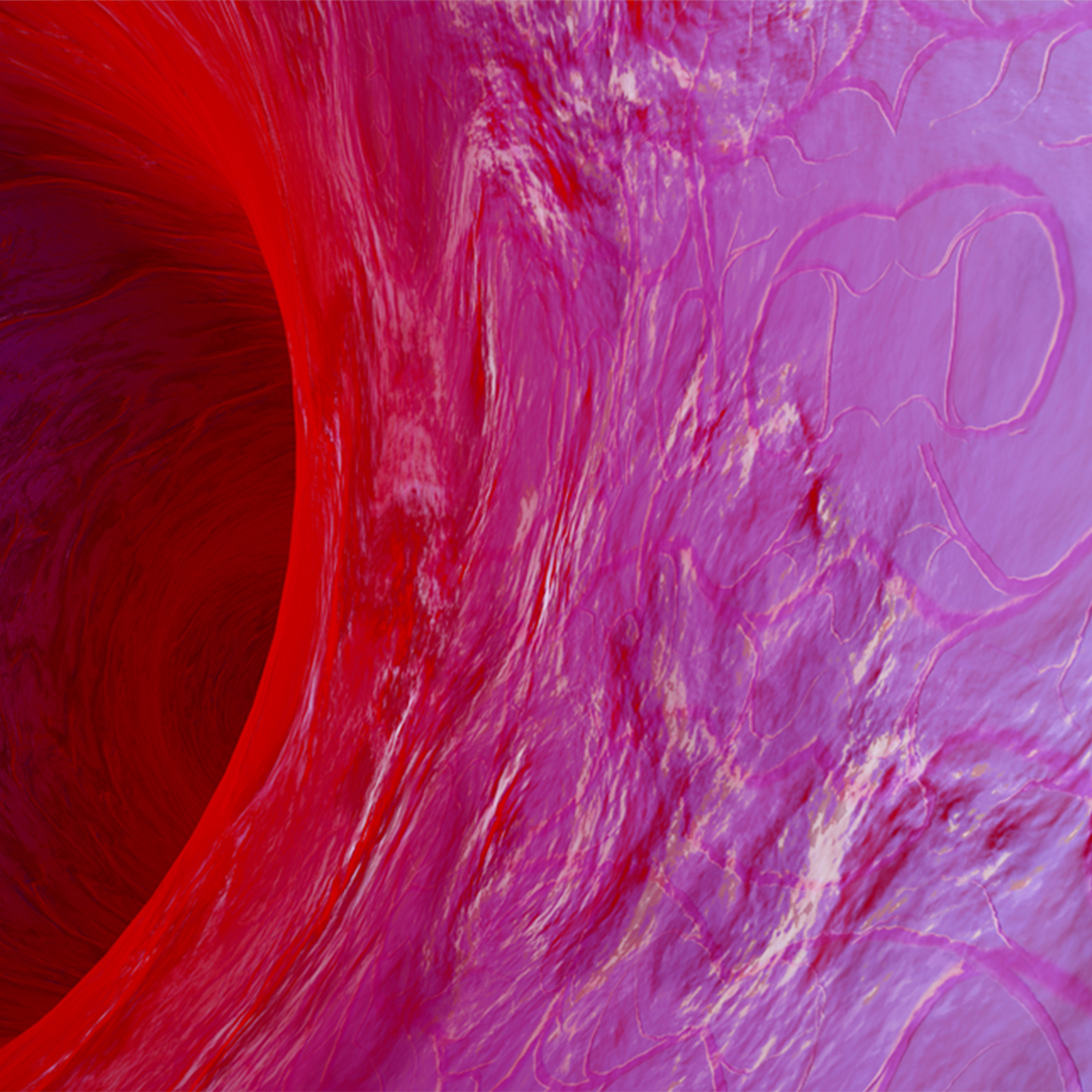
Facial Injury
Treatments
Treatment for facial injuries varies, depending on the location and severity of your injury. Patients with facial injuries may additional medical problems. Your doctor will coordinate the care of these medical conditions with the necessary specialists.
If you have broken bones in your face, the bones must be lined up and held in place long enough to heal properly. Depending on the severity of the injury and your age, this may take six or more weeks.
Repositioning and holding your broken bones in place may be achieved by a variety of techniques. For extensive facial injuries, incisions to expose the bones and then a combination of wiring and plating techniques may be used. Fractures of the upper and lower jaw may require metal braces that are fastened to your teeth with rubber bands or wires to hold your jaws together.
Patients with partial or full teeth loss may need dentures or specially designed splints to align and secure their fracture.
In most cases, surgery for facial injuries requires a hospital stay. Your jaw's normal functions and range of movements may be restricted, especially in cases when your jaw is wired shut. In these instances, you will have to follow a special diet to encourage healing. After you are discharged from the hospital, your surgeon will give you specific instructions for a special diet and caring for your injury.
Severe facial cuts and lacerations may require microvascular reconstructive surgery — a technique for rebuilding the face and neck using blood vessels, bone and tissue, including muscle and skin from other parts of the body — by a plastic surgeon.
UCSF Health medical specialists have reviewed this information. It is for educational purposes only and is not intended to replace the advice of your doctor or other health care provider. We encourage you to discuss any questions or concerns you may have with your provider.
Treatments we specialize in
-

Dental Implants
Oral and maxillofacial surgeons place implants into the jawbone to replace lost teeth with natural-looking artificial teeth that feel secure.
Learn more -

Microvascular Head and Neck Reconstruction
Healthy tissue is harvested from remote areas of the body and used to reconstruct areas of the head and neck affected by cancer.
Learn more





